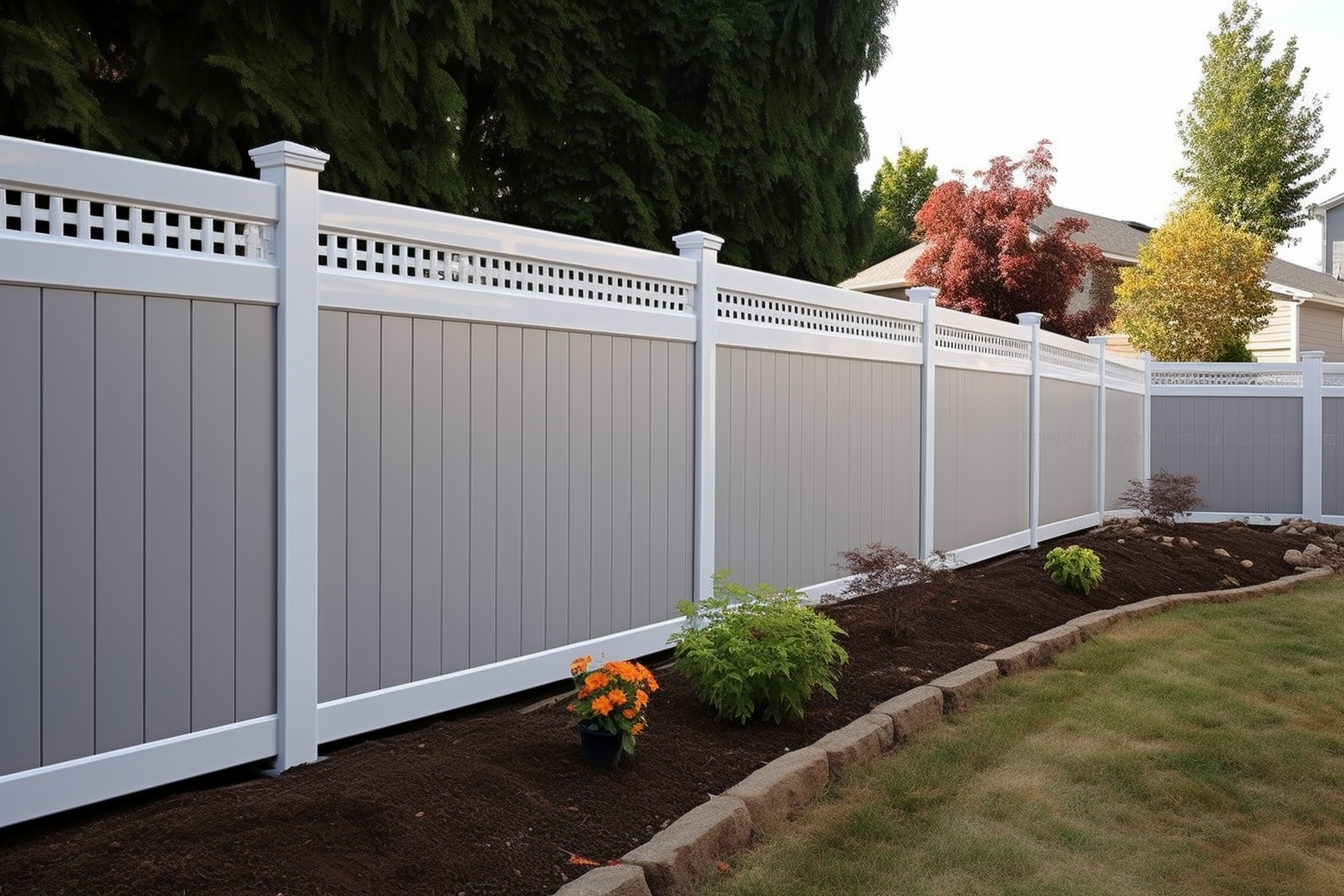Seasonal planting calendar for pollinators and native species
A seasonal planting calendar helps you time native species and pollinator-friendly plants throughout the year, aligning blooms, shelter, and food resources with local insect and bird lifecycles. This overview emphasizes practical timing and simple actions to increase habitat value across seasons.

Seasonal planting calendar for pollinators and native species
Creating a seasonal planting calendar for pollinators and native species means thinking in terms of cycles: bloom times, larval host availability, shelter, and water. Begin with a site assessment—soil, sun, and existing vegetation—and identify native plants that flower at different times to provide continuous resources. Include structural diversity such as grasses, shrubs, and trees so pollinators and other wildlife find nesting sites and overwintering habitat. A staggered approach across seasons supports more species and improves resilience to weather fluctuations.
Plants: Which native species to plant by season
Spring-blooming natives like willows, wild geraniums, and early-flowering bulbs provide crucial nectar and pollen for emerging bees and flies. Summer requires a mix of long-blooming perennials—such as coneflowers and milkweeds—that feed butterflies and bees. Autumn asters and goldenrods extend nectar availability for migrating insects, while evergreen shrubs and seed-bearing plants offer winter resources for birds. Choose local provenance plants where possible to ensure adaptation to your climate and to support regional pollinator specialists.
Planting: Timing and techniques for pollinator success
Planting at the right time matters: establish perennials in early fall or spring when soil temperatures and moisture favor root growth. Use small groups of the same species to make flowers more visible to pollinators. Incorporate larval host plants—milkweed for monarchs, native violets for fritillaries—near nectar sources. Minimize soil disturbance to protect ground-nesting bees, and avoid heavy mulching in areas designated for solitary bee nesting. Stagger planting windows so blooms are continuous from early spring through late fall.
Compost: How seasonal composting supports habitat health
Compost improves soil structure, water retention, and plant health, which indirectly benefits pollinators by producing more abundant and longer-lasting blooms. Apply finished compost in spring to support new growth and in fall to build soil for winter. Use seasonal kitchen and yard waste to maintain a steady supply; avoid adding diseased plant material. For native plantings, apply a thin layer to improve establishment but avoid deep, rich soil that favors aggressive non-natives over adapted natives.
Irrigation: Watering best practices through the year
Watering schedules should reflect seasonal needs and plant maturity. Newly planted natives need regular watering the first year, but established plants often tolerate natural rainfall. Use drip irrigation or soaker hoses to keep water at root level and reduce evaporation. Provide shallow water sources or mud puddling areas for butterflies, and ensure water features do not create mosquito habitat by keeping moving water or adding stones for perching. Adjust irrigation seasonally to conserve water while maintaining plant health.
Maintenance: Seasonal care for native plantings
Adopt low-intervention maintenance tailored to life cycles: cut back dead stems in late winter to reveal new growth and leave some hollow stems for overwintering insects. Reduce mowing in adjacent areas to preserve native grasses and wildflowers. Prune sparingly and avoid tidying too early in spring to allow pollinators access. Seasonal mulching can suppress weeds but avoid covering areas used by ground-nesting species. Monitor plant community shifts and remove invasive volunteers manually to maintain native dominance.
Pest control: Managing pests without harming pollinators
Integrated pest management (IPM) emphasizes monitoring and non-chemical controls first. Encourage beneficial insects by planting diverse native species and providing habitat. Use mechanical methods—hand-picking or targeted pruning—for small outbreaks. When intervention is necessary, choose selective products and apply them in the evening when pollinators are less active; avoid broad-spectrum treatments during bloom. Document observed pest patterns by season to time control measures that minimize impacts on pollinators and beneficial predators.
Creating a calendar tailored to your region helps you plan plantings, maintenance, and habitat features that support pollinators year-round. Prioritize native species with staggered bloom times, provide water and shelter, and adopt seasonal composting and irrigation practices that build healthy ecosystems. Over time, these seasonal actions create a more resilient landscape that sustains pollinators and native wildlife across changing conditions.





